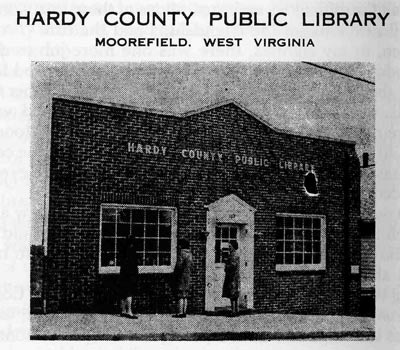As part of some recent library training I sat in on storytime at the downtown library. It’s an older building where they still use a 16mm film projector to show buy isotretinoin isotretinoin online movies. (Does anyone else remember these from Captain Kangaroo? Stone Soup and order isotretinoin from india? These stories are some of my most vivid memories of the show–right up there with Mr. Moose and Bunny Rabbit.)
Anyway, we were near the end of storytime and were watching the movie, Changes Changes–six minutes or so of terrific wordless storytelling over music. As the film began, all the children were instantly face forward, eyes glued to the screen-except for one tagalong sibling, about one and a half years old, I’d guess, who was fascinated by the movie projector. At first I thought it was mildly interesting that she was looking at the projector and not the image, but I really took notice when it happened again in the next storytime with another child.
I grew up with the sound of 16 mm projectors in school classrooms and church fellowship halls. The chunk of the gears when you started it up, the click of the shutter while the movie showed, the high-pitched scritching as the film rewound onto the metal reel, and the final flap, flap flap of the tail end hitting the projector until someone turned it off.
I took those sounds as a matter of course, but these very young ones have probably only known DVDs. They have never heard a projector going at the same time as the movie; never seen the reels spin and watched the film pack get smaller and smaller on the front reel and larger and larger on the back. They know “put the disc in the player and push a button,” and maybe the sound of the drawer closing, but not the tension of “Will the teacher figure out how to thread the movie? Will it slip the sprockets? Will this contraption actually work?”
I’ve been thinking about projectors and sounds because I recently read buy isotretinoin mexico by Brian Selznick. It’s about a boy and a man, clocks and wind-up toys, an automaton and silent movies, magic and dreams and making. It took me several chapters to get into the groove of this work–a blend of wordless storytelling through pictures and traditional narrative. The problem for me was not the switching back and forth between media, but the disconcerting way everything went dead quiet when the storytelling switched to the pictures.
Text is a voice in my head, graphic novels are filled with sound, and when I watch a movie, even when no one is speaking, there’s almost always music playing, or some sort of ambient sound from the world of the film. With Hugo Cabret the black and white pictures were muted, the sound in my head just stopped, and it took me a while to accept the silence. As the story built, I began to hear the sound of the movie projectors and clocks ticking–even when looking at the pictures–and I felt more comfortable.
Certain mechanical sounds ground me in a world of human making. I want to hear the world turning-not sliding quietly on its tracks. Otherwise I fear I’ll end up like the characters in Georgie: if the board on the stairs doesn’t creak a little, and the parlor door doesn’t squeak a little, then how will I know when it is time to go to bed?




